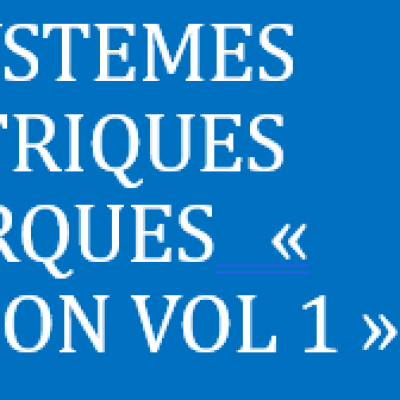1- Open loop
2- closed loop
3- PID regulator
The proportional gain P : Speed
2 - The different settings
Integral corrector I : Precision
Ramps
The derivate corrector D : Stability, anticipation
3 - Important concepts
PID Parameter Tuning Method
4- Hydraulic rigidity
Hydraulic stiffness :
5-Natural frequency
Natural frequency of a mechanical system :
Natural frequency of a piston pump :
Add a comment

























